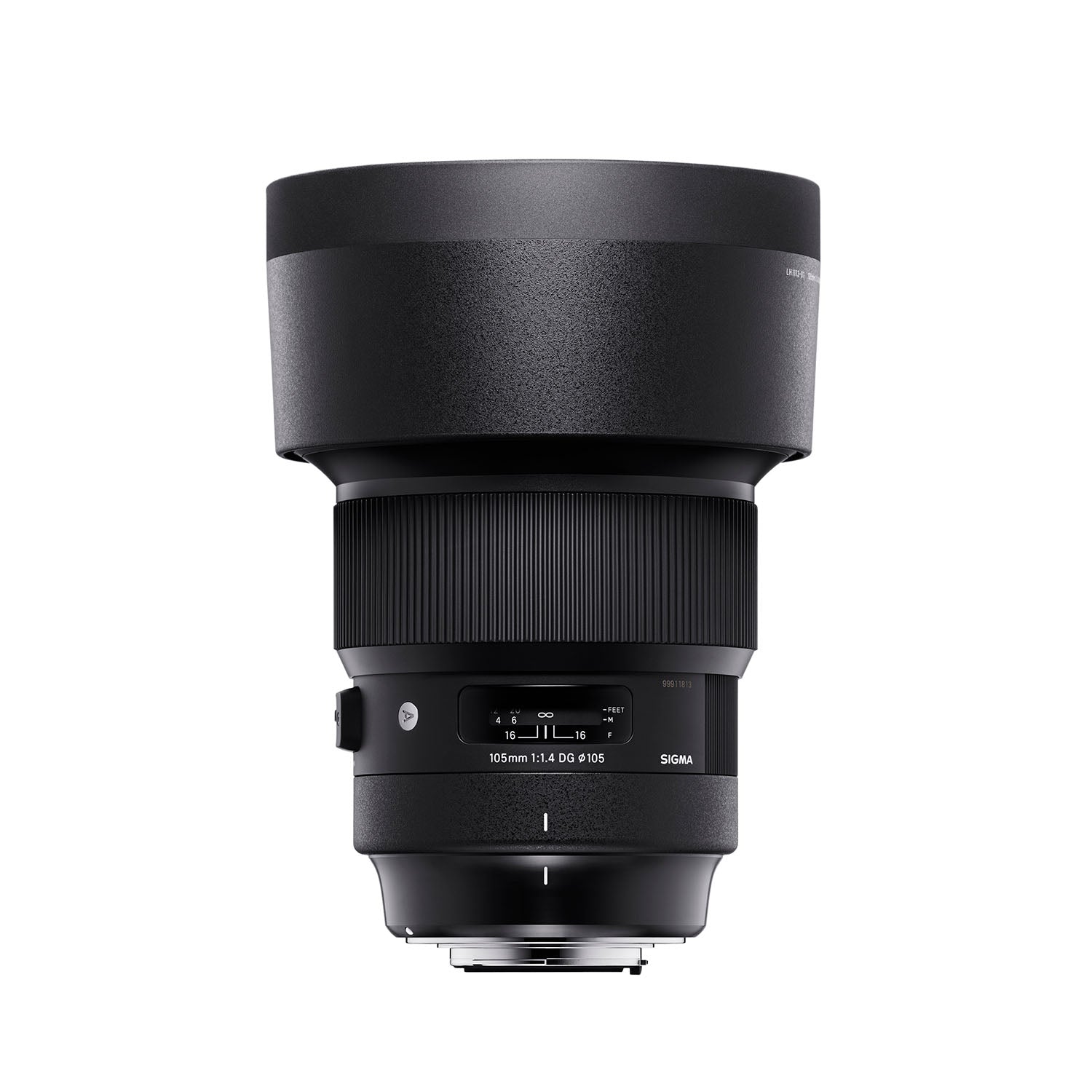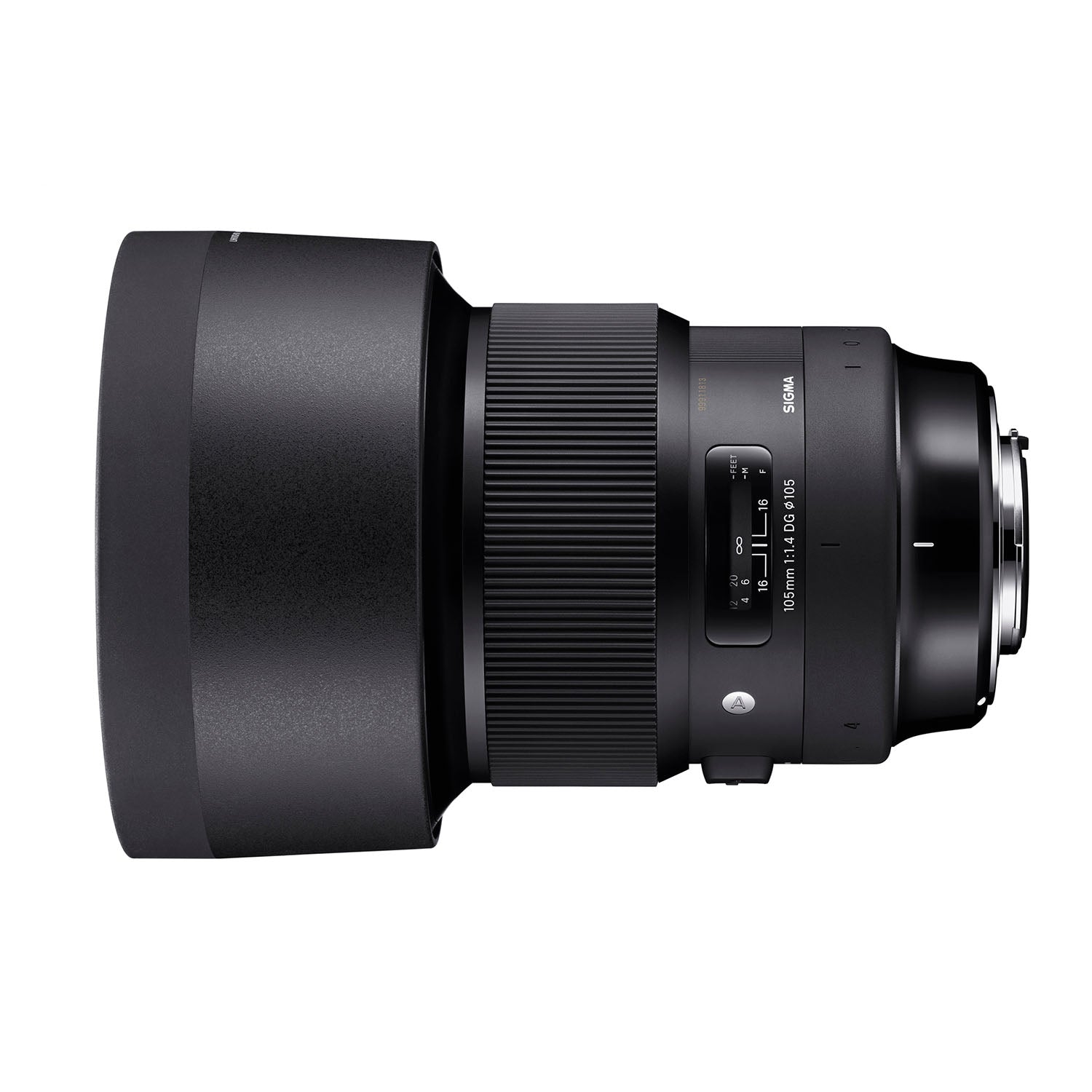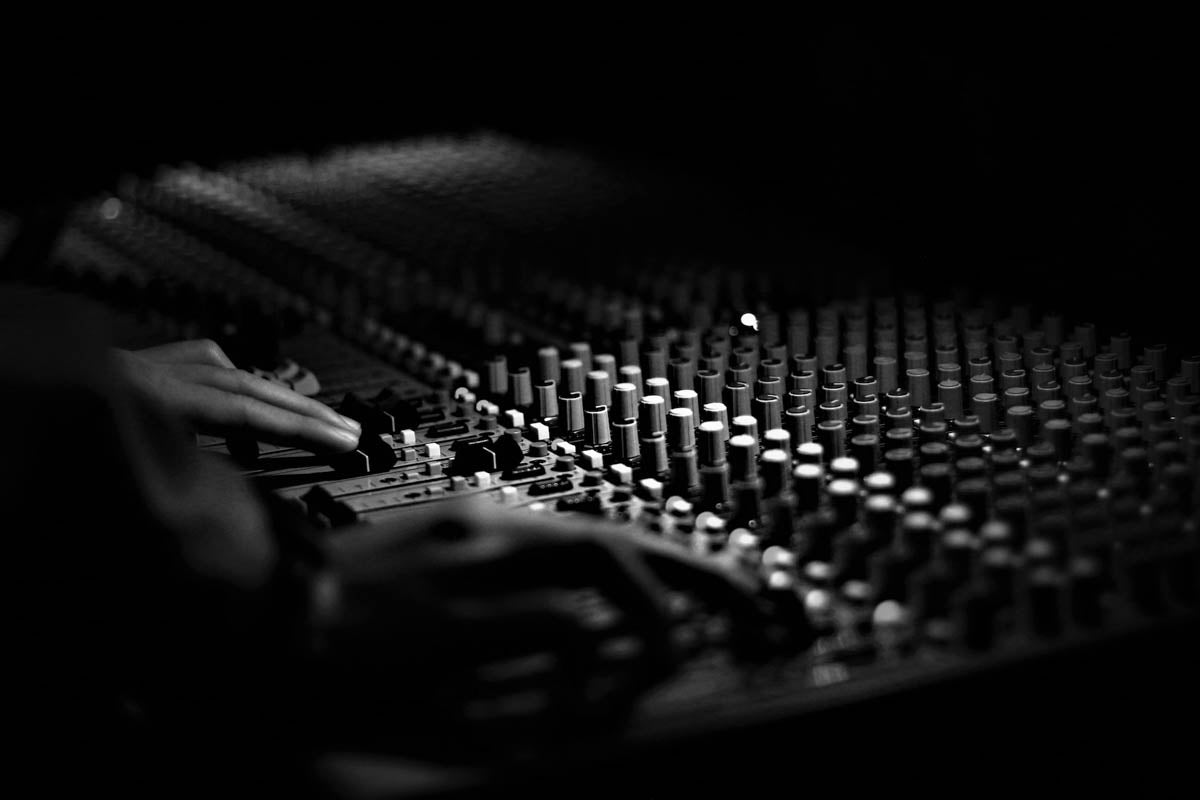Product Description
Sigma 105mm F1.4 DG HSM Art Lens: The Ultimate Mid-Telephoto Prime
Exceptional Optical Performance
Introducing the Sigma 105mm F1.4 DG HSM Art lens, a pinnacle of optical engineering and performance. Known as the "Bokeh Master," this high-performance short-telephoto prime lens delivers outstanding image quality, making it a favourite among photographers.

Superior Image Quality with Fast Aperture
Featuring a fast maximum aperture of F1.4, the Sigma 105mm excels in low-light conditions and offers stunning shallow depth-of-field effects. Its optical construction includes 17 elements in 12 groups, incorporating three FLD (F Low Dispersion), two SLD (Special Low Dispersion), and one aspherical element. This sophisticated design minimizes chromatic aberration and distortion, ensuring razor-sharp, accurate images with beautiful, creamy bokeh in out-of-focus areas.

Perfect for Portraits and More
With its 105mm focal length and wide aperture, the Sigma 105mm F1.4 is ideal for portraits, weddings, and events. Its ability to render ultra-sharp in-focus areas and smooth out-of-focus areas makes it perfect for creating professional-quality images with depth and character.

High-Precision Build Quality
The Sigma 105mm F1.4 DG HSM Art lens boasts superb build quality. The outer barrel is made from Thermally Stable Composite (TSC), which is strong, lightweight, and has a thermal expansion rate similar to aluminium, ensuring consistent performance across different temperatures. The lens features a rubberised focus ring for easy operation and an internal focusing mechanism, maintaining a constant lens length during use.

Versatile and Robust Design
Equipped with a tripod foot (TS-111) featuring an Acra Swiss dovetail, this lens can be easily attached to most tripod heads without a plate. The collar is removable for more comfortable hand-held shooting. A robust lens hood with a rubberised ring reduces flare and ghosting in bright sunlight and protects the front element from damage.

Outstanding Optical Quality Across the Frame
The Sigma 105mm F1.4 DG HSM Art lens delivers exceptional optical quality, even wide open at F1.4. Its advanced design ensures sharp detail from the center to the corners, with minimal chromatic aberration, flare, distortion, and vignetting. The Super Multi-Layer Coating further enhances image quality by reducing flare and ghosting, even in challenging lighting conditions.

High Contrast and Rich Colours
The lens's excellent control of flare and ghosting results in high contrast and richly saturated images, with strong blacks and vibrant colours.

Key Specifications
- Lens Construction: 17 elements in 12 groups
- Angle of View: 23.3°
- Diaphragm Blades: 9 (rounded)
- Minimum Aperture: F16
- Minimum Focusing Distance: 100cm
- Maximum Magnification Ratio: 1:8.3
- Filter Thread: 105mm
- Dimensions (Diameter x Length): ø115.9mm × 131.5mm
- Weight: 1,645g
- AF Mounts Available: Canon EF, Nikon F, Sigma SA, L-Mount, Sony E

Mount Barcodes
- Canon EF: 00-85126-259549
- Nikon F: 00-85126-259556
- Sigma SA: 00-85126-259563
- L-Mount: 00-85126-259693
- Sony E: 00-85126-259655
Experience the unmatched optical performance and build quality of the Sigma 105mm F1.4 DG HSM Art lens, the ultimate tool for capturing stunning portraits and detailed images with beautiful bokeh.
Payment & Security
Your payment information is processed securely. We do not store credit card details nor have access to your credit card information.



























